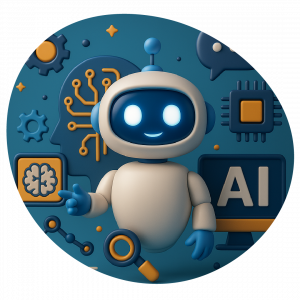The term STEM is the acronym for the subjects: Science, Technology, Engineering and Mathematics. In recent years, art has been included as an essential element to enhance creativity, giving rise to STEAM.
When we talk about training students for STEAM vocations, we mean the whole set of competences that students must acquire today to perform and face the labor demand in the future. The term began to be used more than a decade ago when experts realized the shortage of qualified professionals in these areas. The concern to train qualified professionals in STEAM has spread throughout the world.
Today STEAM in basic education is a priority to promote these vocations and not just a fashionable term. So what are the basic characteristics that this approach must meet?
- Employs a project-based methodology
According to the National Science Foundation (NSF), an education with a STEAM approach is one that integrates project-based learning. This strategy increases students’ interest in deepening and getting involved in problem solving, working as a team and building tangible and real solutions. For example, to solve the traffic problem through the synchronization of traffic lights in a city.

- Promote creativity
The art component is the main element to foster creativity. Through activities such as cutting, pasting, painting, coloring or using resources and recyclable materials, students can create more attractive designs where the limit is their imagination.

- Promotes meaningful learning
Research, explore, build and apply are stages that combine in a strategy to promote meaningful learning. Researching is the process where students prepare a knowledge base to understand how to solve the problem. Exploring constitutes the use and training of all the tools for the building of a proposal; among these elements, trial and error are necessary to apply it to everyday life. For example, the creation of a robotic arm to help with loading tasks in the industry.

- Science makes practical sense
The STEAM approach promotes the learning of basic sciences such as physics, chemistry and mathematics. These sciences are important for the development of scientific theories that provide solutions to real problems such as the creation of a seismic monitoring system.

- Includes other areas in an integrated way
Social, philosophy, economics or psychology are also areas that help the social, economic and human development of a country. The STEAM approach integrates the development of the necessary skills for life. For example, learn about emotional intelligence through programming expressions in a robotic model.

- Encourage collaboration
An educational project under the STEAM approach allows students to collaborate to complete a task or solve a problem. Students can assume different roles within the teams and take advantage of each other’s talents to achieve the proposed goal.
Collaboration involves making collective decisions based on consensus, negotiating when disagreements occur, making constructive criticism, valuing peers’ efforts, raising the disagreement in an assertive and respectful manner.

A good application of the STEAM approach requires active components and methodologies, which go beyond the simple construction of a model. The preparation and training of teachers is indispensable; if you have a good accompaniment and a good strategy, its implementation will be a success in the educational centers. The STEAM approach with quality must be encouraged!



